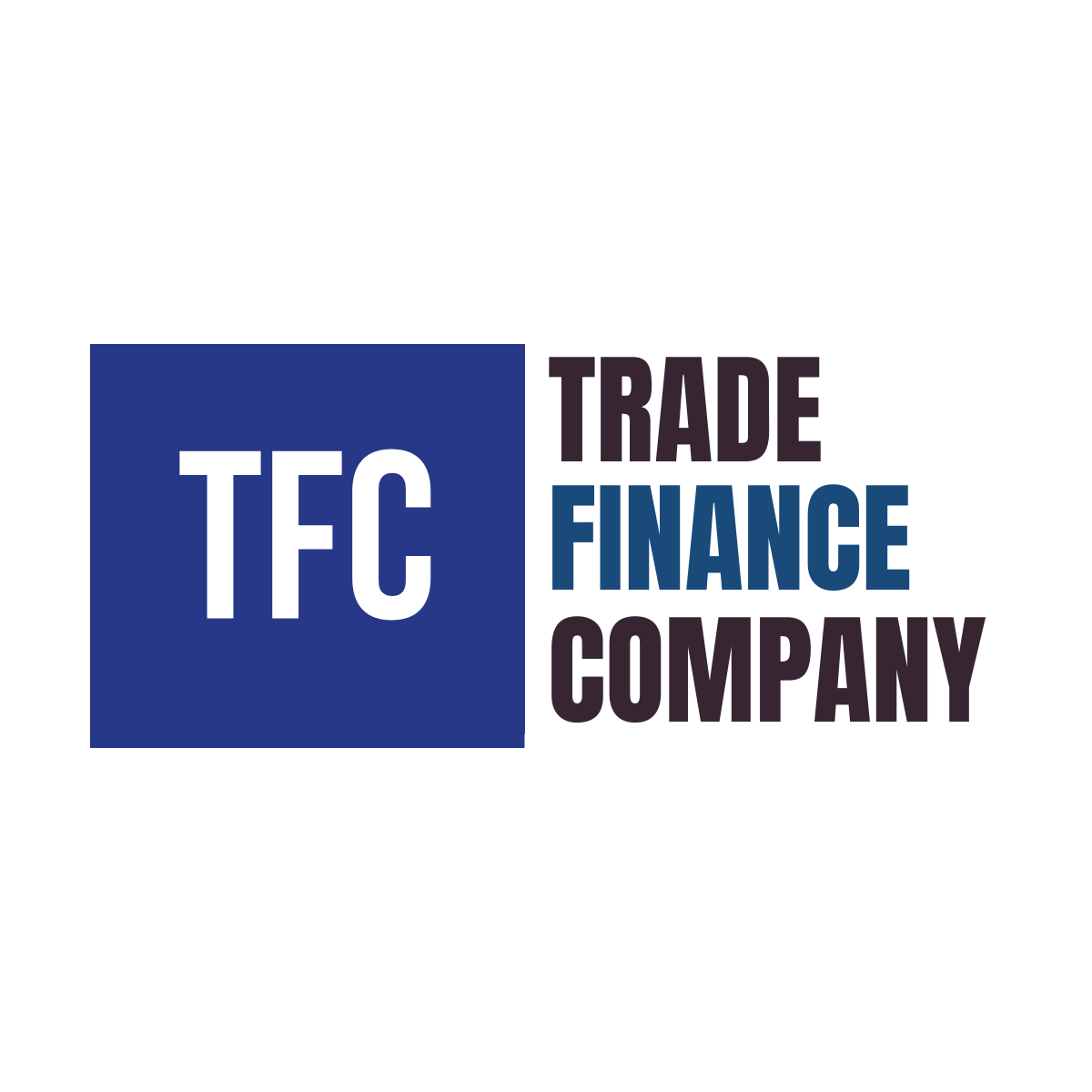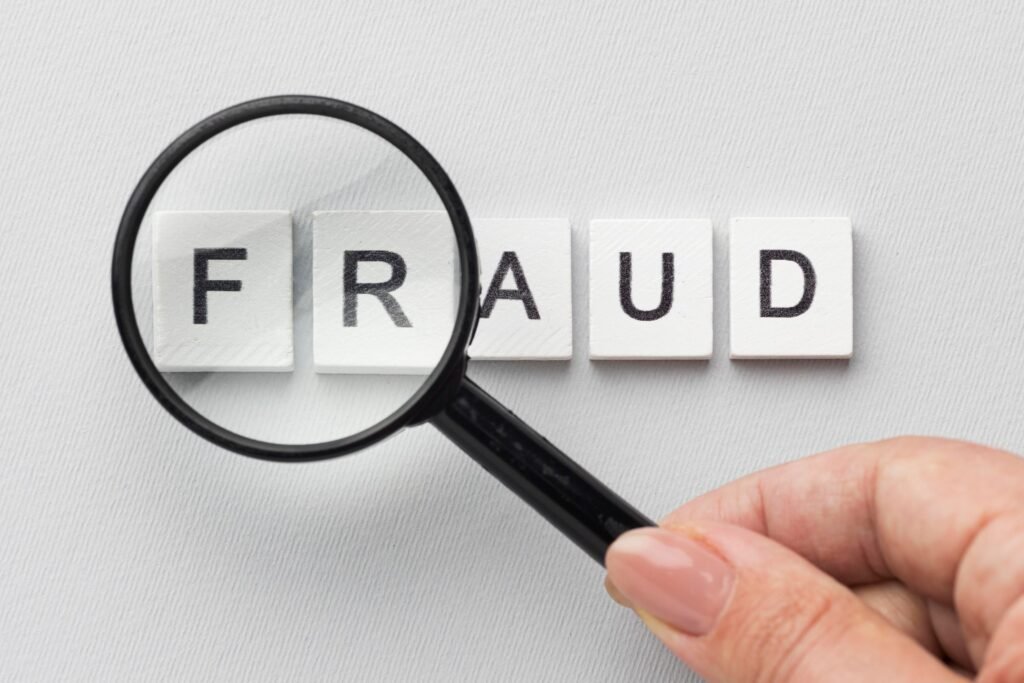Fraud Prevention in Trade Finance: Tips for Businesses
Fraud in trade finance is a growing concern, costing businesses billions globally each year. From forged documents to fake companies and phishing scams, the complex nature of international trade creates ample opportunity for fraudsters. The good news? With the right strategies and tools, businesses can significantly reduce their exposure to risk and operate with greater confidence in the global market.
In this blog, you’ll discover practical, proven strategies to prevent trade finance fraud, safeguard your business, and build trust with international partners. Whether you're a seasoned exporter or just stepping into the global trade space, the insights here will empower you to detect red flags early and implement solid fraud prevention protocols.
Just imagine closing what appears to be a lucrative trade deal, only to realize weeks later that the buyer never existed, the documents were forged, and your goods are lost in transit. The financial and emotional toll of trade fraud can be devastating—not just for your balance sheet but also for the reputation and future of your business.
The truth is, no company is too small to be targeted, and vigilance is your strongest line of defense. Knowing what to look for—and what steps to take—can mean the difference between success and a very costly mistake.

“In trade finance, trust is everything—but blind trust is dangerous. Fraudsters exploit complexity, so your best defense is knowledge, verification, and proactive protection.”
— Amit Malhotra, Global Trade Risk Analyst

In the following sections, you’ll gain a clear understanding of the most common types of trade finance fraud and the steps you can take to prevent them. You’ll learn how to identify red flags, establish verification protocols, and adopt secure digital practices that will help keep your transactions legitimate and secure. These easy-to-follow tips will guide you in creating a culture of vigilance and accountability—protecting your finances, partners, and global trade operations.
1. Verify All Counterparties Thoroughly
Before entering into any trade agreement, conduct due diligence on the other party. Check their business registration, look up their credit rating, and request references. If the company is based overseas, consider hiring a local agent or third-party verifier to confirm their legitimacy.
How to Achieve It:
• Use trade directories and government resources to confirm business authenticity.
• Look for red flags such as lack of verifiable contact information or inconsistent records.
• Don’t rely solely on email; request video calls and live walkthroughs of their premises when possible.
2. Secure All Documents and Communications
Fraud often starts with forged documents or intercepted communication. Ensure that all trade documents, contracts, and payment instructions are digitally secured and verified. Avoid sharing sensitive information via unsecured email systems.
How to Achieve It:
• Use secure document exchange platforms or encrypted communication tools.
• Implement a digital document verification system such as blockchain or document fingerprinting.
• Train your staff to recognize phishing attempts and avoid clicking on suspicious links or downloading unknown files.
3. Insist on Independent Third-Party Inspections
Don’t rely on the seller’s word alone when dealing with unfamiliar or high-value transactions. Third-party inspection services can verify that the goods being shipped actually exist, are of the correct quality, and are properly loaded.
How to Achieve It:
• Partner with internationally recognized inspection agencies like SGS, Bureau Veritas, or Intertek.
• Include inspection clauses in your Letters of Credit or trade contracts.
• Request photo and video documentation of the cargo, signed and timestamped by the inspector.
4. Implement Multi-Level Approval Systems
Internal fraud can be just as damaging as external scams. Ensure that no single person can authorize major financial transactions or trade contracts without oversight.
How to Achieve It:
• Set up a maker-checker system where every transaction is reviewed and approved by more than one individual.
• Use role-based access controls in your finance systems to separate duties.
• Perform regular internal audits to catch inconsistencies and signs of tampering.
5. Stay Updated on Emerging Fraud Trend.
Fraud tactics evolve rapidly. Stay informed about new schemes and methods by following industry news, joining trade associations, and attending finance webinars or workshops.
How to Achieve It:
• Subscribe to fraud alert newsletters from trade finance institutions and government agencies.
• Share learnings within your team and update your fraud prevention policies accordingly.
• Encourage your employees to report suspicious activity without fear of retaliation.



